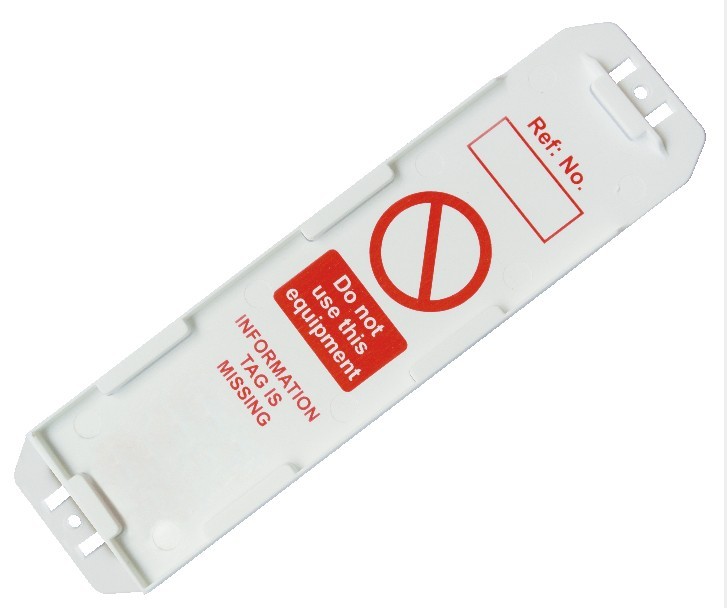In non-pitch roofed buildings with less than 12 floors and less than 40 meters in height, the green area of ​​the roof must reach 30% or more, and it can be called a 'green' building. A few days ago, Beijing's local standard “Green Building Design Standard†was put on the website of the Municipal Planning Commission. The building materials, vegetation, walls, irrigation equipment and water consumption used in the green building group all had mandatory standards. It is reported that in the next four years, Beijing will build 35 million square meters of green buildings, mainly located in the new city and key functional areas. Convenience: Within 50m distance, more than 6 types of public facilities The design criteria for the solicitation of opinions include the building body, surrounding ecological environment, architectural landscape, transportation and other service facilities. It stipulates that public facilities must be rationally distributed, and there must be more than 6 types of community-based public service facilities such as kindergartens, primary schools, community health service centers, cultural activity stations, community businesses, postal offices, bank outlets, community service centers, and sports and fitness facilities. The accessibility of public facilities should not exceed 50 meters. The public transportation network should be optimized around the community. The main entrance and exit of the building and the bus stop are less than 500 meters. Natural: The greening of the roof must exceed 30%, and 90% of the parking space is underground. In addition to improving life services, living landscape is the highlight of design standards. The greening of the residential area has strict design standards: in non-pitch roofed buildings with less than 12 floors and less than 40 meters in height, the roof greening area must reach 30% or more; in terms of greenbelt rate, the new city and downtown area must reach 35%. Above, the residential area of ​​the old city shall not be less than 25%; the shade coverage rate of the walking roads and bicycle lanes in the community shall not be lower than 75%; the rain-filled, light rain-water-absorbing recessed green areas -- that is, lower than the surrounding area. 5 cm to 10 cm green space on the road or ground - the proportion of the total green space is greater than or equal to 50%. In addition, in order to meet the coverage of the landscape and vegetation of the community, ground parking spaces in the green building community are allowed to occupy only 10% of the total number of parking spaces, and the remaining 90% of parking spaces must be built underground. Water saving: per capita water consumption does not exceed 110 liters, water features must use rainwater reclaimed water When it comes to greening, water is a problem that cannot be solved. The design standard stipulates that the average daily water consumption of the green building community should be less than 110 liters. The tap water of the community shall not be used for irrigation of water and other landscape water. The water in the pools and wetlands of the community shall be provided with rainwater, reclaimed water, etc. Water from municipal water and self-contained groundwater wells shall not be used. In addition to the children's pool, the swimming pool will use a circulatory system. Waste water including steam condensate, air conditioning condensate, and car wash water will be recycled. More than 50,000 square meters of construction area or more than 150 cubic meters of recyclable water per day in the residential area and the central construction area, require the construction of water facilities. At the same time, the community must build rainwater recovery equipment. After the development, the amount of rainwater discharged is smaller than the amount of rainwater discharged before the development. In the total pavement area of ​​the ground, the paving rate of the permeable bricks should reach 70%, and hardened ground can only account for 30%. The utilization rate of non-traditional water resources in the community is not less than 10%. The non-traditional water sources of rainwater will replace the municipal water supply or groundwater supply for landscape, greening, flushing toilets and so on.
Our isolation safety lockout tagout Warning Tag indicates who is responsible for placing a lockout device and who is authorized to remove it or make changes to it. This safety lockout tags are printed on both sides, making sure the vital information is always visible. The tags are printed on both sides, we can get clear information about who is in charge of this locked equipment.
Lock Out Tag,Warning Tag,Lockout Labels,Tagout Tags Lockey Safety Products Co., Ltd. , http://www.lotolockey.com
Beijing local green building puts forward clear requirements for the ratio of roof green area
Release Date:2012/3/28 10:08:09